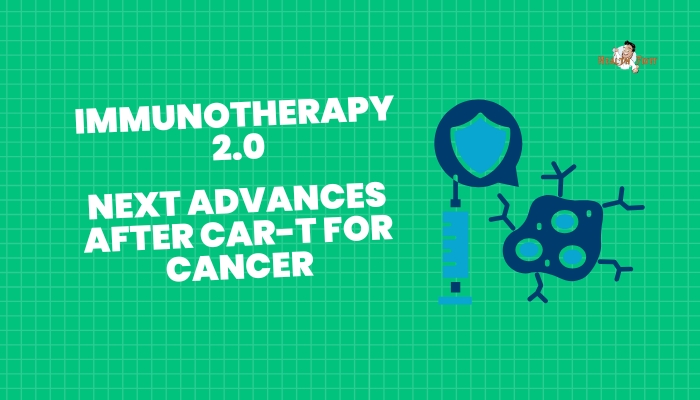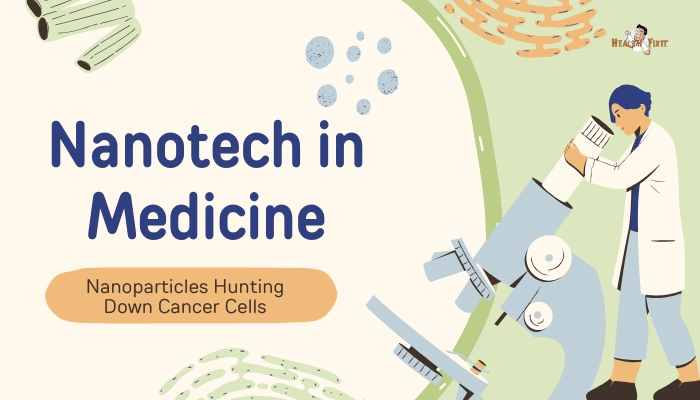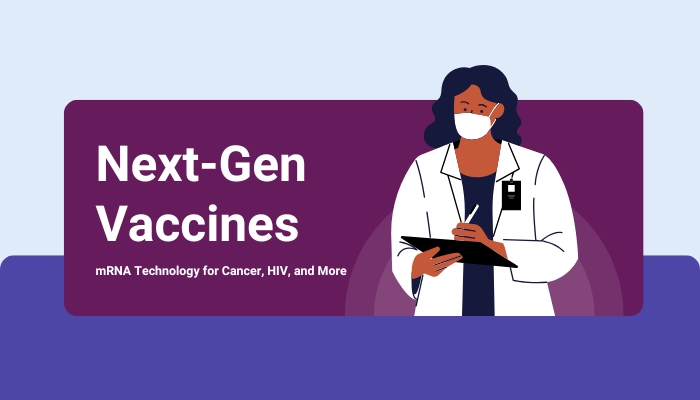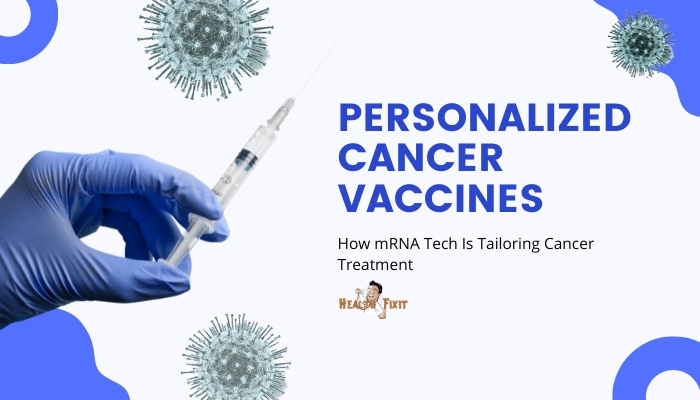Introduction
In the battle against cancer, CAR-T cell therapy emerged as a major breakthrough—engineering a patient’s own T cells to hunt and kill tumors with high specificity.
But CAR-T is only one piece of the broader immunotherapy revolution. Researchers now pursue a new generation of treatments,
from modified T cell receptors (TCRs) and universal CAR-T cells to oncolytic viruses and cancer vaccines. As these advanced modalities expand beyond blood cancers to solid tumors, they promise more targeted,
potent, and customizable ways to enlist the immune system against malignancies. This article surveys the cutting edge of “Immunotherapy 2.0,” exploring what’s next after CAR-T.
CAR-T’s Success and Limitations
CAR-T Cell Therapy Recap
Chimeric Antigen Receptor T cells (CAR-T) involve genetically engineering T cells to express synthetic receptors for tumor antigens (like CD19 in some leukemias). The T cells are then infused back into the patient, where they aggressively eliminate tumor cells
. CAR-T has shown spectacular results in certain B-cell leukemias and lymphomas, achieving lasting remissions in treatment-resistant cases.
Challenges
- Toxicities: Cytokine release syndrome (CRS) and neurotoxicity remain major side effects, though better management protocols exist.
- Solid Tumor Barriers: CAR-T often struggles in solid cancers due to limited tumor infiltration, heterogeneous targets, and an immunosuppressive microenvironment.
- Antigen Escape: Tumors can lose or mutate the targeted antigen, rendering CAR-T therapy less effective.
Hence, the next wave of immunotherapy aims to overcome these obstacles and expand potential to more tumor types.
Next-Generation T Cell Therapies
TCR-Engineered T Cells
Unlike CARs, which recognize surface antigens, T cell receptors (TCRs) can detect intracellular proteins presented on MHC molecules. TCR-engineered T cells:
- Broader Antigen Range: They can target mutated proteins found inside cancer cells, not just surface markers.
- Challenges: Must match patient’s MHC haplotype, and some tumor mutations remain hidden from TCR detection.
- Progress: Trials for TCR therapies against melanoma or specific mutated oncogenes show encouraging early responses.
Universal or Off-the-Shelf CAR-T
Current CAR-T is autologous—each patient’s T cells must be collected and re-engineered. This is expensive and time-consuming. Allogeneic (“off-the-shelf”) T cells from healthy donors, gene-edited to avoid rejection, promise more accessible and affordable CAR-T solutions:
- Gene Editing: Knocking out TCR alpha chain to reduce graft-vs.-host risk or adding knock-ins for universal compatibility.
- Clinical Trials: Some preliminary data suggests these allogeneic products can produce remission in certain leukemias without severe toxicity.
Beyond T Cells: Other Innovative Immunotherapies
NK Cell Therapies
Natural Killer (NK) cells are innate immune cells that recognize stressed or abnormal cells without prior sensitization.
Engineered NK cells or off-the-shelf NK lines can target tumors similarly to T cells but with potentially fewer side effects. They also show synergy when combined with other immunomodulators.
Oncolytic Viruses
Specially designed or naturally occurring viruses can selectively infect tumor cells, causing them to lyse and simultaneously prompting an immune response.
Some oncolytic viruses carry additional genes to boost T cell activation or express tumor antigens, amplifying the anti-tumor effect. T-VEC (talimogene laherparepvec) is an FDA-approved oncolytic virus for melanoma, paving the way for more advanced constructs.
Personalized Cancer Vaccines
High-throughput genome sequencing can identify neoantigens—patient-specific mutated peptides that the immune system sees as foreign.
By formulating mRNA or peptide vaccines encoding these neoantigens, clinicians can prime the immune system to target the tumor precisely.
Early results in melanoma and other solid tumors show potential synergy with checkpoint inhibitors.
Overcoming Solid Tumor Barriers
Microenvironment Modulation
Solid tumors often create immunosuppressive conditions (Tregs, MDSCs, inhibitory cytokines). Combining T cell therapies with checkpoint inhibitors (e.g., anti-PD-1) or drugs targeting myeloid cells can break these defenses, improving infiltration and activity of effector cells.
Multi-Targeted Approaches
Since tumors can be antigenically heterogeneous, single-antigen CAR-T may be insufficient. Next-gen therapies feature bispecific or multi-CAR constructs recognizing multiple tumor antigens, reducing escape variants
. Some also incorporate “logic-gated” systems (AND/NOT gating) to reduce off-tumor toxicity.
Enhanced Homing and Persistence
Engineers are adding chemokine receptors or homing signals that guide T cells specifically to the tumor site. Others incorporate safety switches or co-stimulatory domains that bolster T cell survival and memory.
Patient Access and Clinical Implications
Streamlining Manufacturing
High cost and extended production hamper existing immunotherapies. Ramping up automated cell-processing, establishing global manufacturing centers, and employing universal cell lines can drive down costs, potentially broadening patient access.
Community Oncology Integration
Immunotherapy typically requires specialized centers with experience in handling immune-related toxicities
. As therapies become safer and “off-the-shelf” solutions mature, community clinics might administer them more widely. This expands patient eligibility beyond major academic hospitals.
Potential Preventive Applications
Eventually, prophylactic or early-line immunotherapies could treat patients at high genetic risk of certain cancers,
akin to how preventative mastectomies or medications reduce risk in predisposed individuals. A consistent or persistent cell therapy might scout early malignant changes.
Ethical and Societal Perspectives
Cost and Equity
While potentially curative, these advanced therapies remain very expensive. Healthcare systems struggle to balance coverage for personalized immunotherapies. Addressing global access requires philanthropic models, tiered pricing, or innovative policy.
Long-Term Safety
Engineered cells can persist in the body. Rarely, they might target healthy tissues or cause autoimmunity. Vigilant post-treatment monitoring is essential to ensure no unforeseen toxicities or second malignancies arise.
Overcoming Hype
Public excitement about “miracle cures” in immunotherapy can overshadow the reality: not all patients respond, and many forms of cancer remain challenging. Transparent communication about realistic benefits and risks fosters informed consent.
Future Outlook
Toward a Curative Paradigm
As we refine immunotherapy 2.0—be it universal CAR-T, advanced TCR solutions, or synergy with oncolytic viruses—some previously lethal cancers may shift into chronic or even curable states.
Realizing this vision depends on tackling complexities like tumor heterogeneity, cost, and patient selection.
“Living Drugs” for All
With improvements in manufacturing, the dream is rapid, cost-effective production of individualized or predesigned cell therapies.
Time from patient referral to infusion could shrink from weeks to days. In the long run, “pharmacies” might stock universal allogeneic cell therapies ready for infusion upon diagnosis.
Clinical Trials and Collaboration
Robust trials across tumor types are vital to discover best combinations: immunotherapy plus targeted drugs, plus check-point inhibitors,
plus radiotherapy. Collaboration among academic centers, biotech, and global health agencies ensures data sharing and accelerated results for broad patient benefits.
Conclusion
While CAR-T therapy revolutionized the approach to certain blood cancers, the immunotherapy landscape continues to evolve rapidly. The next wave—incorporating advanced TCR-based treatments, oncolytic viruses,
and engineered cell lines—shows promise in tackling solid tumors, expanding access, and even pushing some patients toward cures.
These developments, collectively described as “Immunotherapy 2.0,” hold potential to reshape oncology, turning cancer into a more consistently manageable or eradicable disease. However, issues of cost, manufacturing scale,
and unpredictability remain. With continued innovation and collaboration, the stage is set for immunotherapy to keep pushing boundaries—offering new hope for patients worldwide.
References
- June CH, Sadelain M. Chimeric antigen receptor therapy. N Engl J Med. 2018;379(1):64–73.
- Turtle CJ, et al. Refractory B cell cancers and CAR T cells. Nat Rev Clin Oncol. 2018;15(3):157–170.
- Fesnak AD, Smith BN, Patel T, et al. The next generation of engineered T cells. Semin Hematol. 2018;55(2):61–69.
- June CH, Riddell SR, Schumacher TN. Adoptive cellular therapy: harnessing the potential of T cells for cancer treatment. Nat Rev Immunol. 2015;15(4):283–294.
- Maloney DG, Porter DL. CAR T cells beyond CD19 for hematologic malignancies and solid tumors. Nat Rev Clin Oncol. 2022;19(9):531–547.
- Yang L, et al. Emerging roles of oncolytic viruses in cancer therapy. BMC Cancer. 2021;21(1):1321.
- Schumacher TN, Schreiber RD. Neoantigens in cancer immunotherapy. Science. 2015;348(6230):69–74.
- Dai Z, et al. TCR-engineered T cells for cancer therapy. J Hematol Oncol. 2021;14(1):132.
- Sterner RC, Sterner RM. CAR-T cell therapy: current limitations and potential strategies for improvement. Gene Ther. 2021;28(9):485–491.
- Brown CE, Mackall CL. CAR T cell therapy: inroads to solid tumors. Cancer Immunol Res. 2019;7(12):1889–1895.






